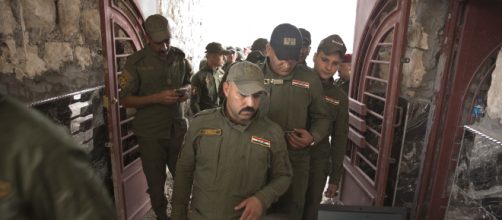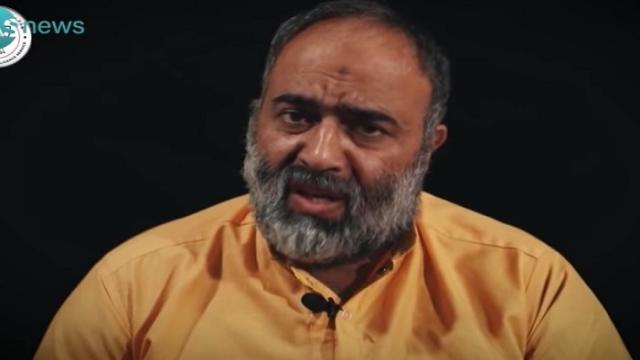Top Islamic State operative and ex-member of former Iranian President Saddam Hussein, Jamal al-Mashadani has been captured by Iraqi authorities.
The Iraqis on Friday released a video detailing the confession of al-Mashadani who admitted his role in a notorious incident that took place in 2015 in northern Iraq where several Kurdish soldiers were put inside cages and paraded around a city by Islamic State fighters. Two months before the incident, the Islamic State had similarly paraded a captured Jordanian pilot before setting his cage on fire and burning him to death.
It is still unclear, however, as to how the Kurdish soldiers were killed.
Past Life
al-Mashadani, who also went by the moniker Abu Hamza al-Kurdi, was an official in Saddam Hussein's security detail. Following Hussein's deposition, he joined Al-Qaeda's Iraqi chapter. Captured in 2006 by Americans and imprisoned in Camp Cropper, he shifted his loyalties towards the Islamic State two years after his release in 2011.
Stocky and balding, al-Mashadani's confession was recorded in a 17-minute video released by the Iraqi intelligence. Detailing his background to the authorities, al-Mashadani revealed that he was born in Al Tarmia, a town 56 kilometres north of Baghdad, in 1973. After graduating from Iraq's College of National Security in 1992, he joined the country's military intelligence.
Unlike most ISIS fighters, al-Mashadani had the technical and organisational impetus to rise above the rest inside the militant organisation, believes Hassan Hassan, an author of books on the rise of the Islamic State.
Role In ISIS
"He is one of the real professionals and brains who built ISIS, the faces usually not recognised in discussions about the group," said Hassan. The writer also said that not only was al-Mashadani the Islamic State's governor in Kirkuk, in northern Iraq but was also involved in their chemical weapons program. This information suggests that al-Mashadani was not an ordinary ISIS militant but a very important figure in the organisation's hierarchy.
Capture
He conceded his involvement in several high-level ISIS operations including their activities in Palmyra, Syria which was held by ISIS for nearly a year. He decided to leave the Islamic State in 2017 citing 'poor management' by ISIS leader Abu Bakr al-Baghdadi's lieutenants. Iraqi intelligence officers captured him in Baghdad from his son's house.



